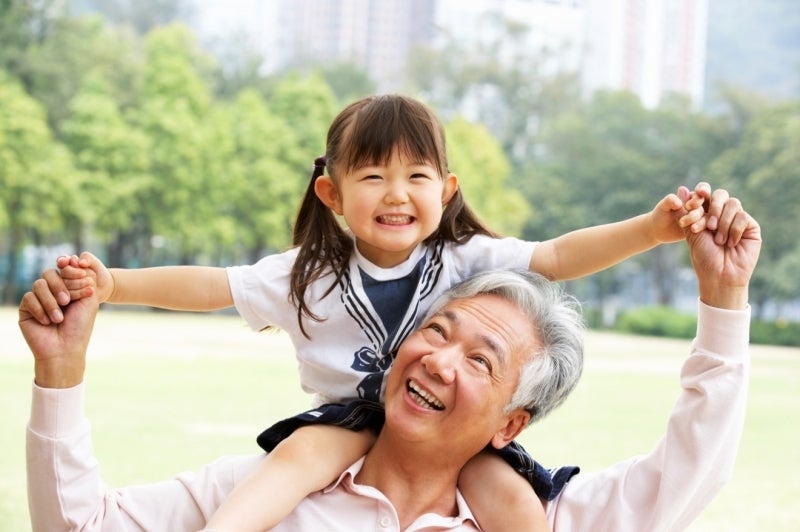Key Priorities
Key Priorities
Our strategic priorities build on over a decade of great work our community partners, cities, and leaders have done to promote health where people live, learn, work, and play. They were selected based on local health data, research, and extensive community feedback for how to build healthy, equitable communities in San Mateo County.
10 Key Components
for Building Healthy, Equitable Communities
The ten key components for creating healthy, equitable communities build on the great work of our partners and were identified through analyzing local health data and research, and gathering extensive community feedback.
Within these 10 components, four priority areas were identified as key priorities for healthy, equitable communities that focus on the root causes of health, grouped as: Healthy Housing, Healthy Neighborhoods, Healthy Schools, and a Healthy Economy. Find more in our Strategic Plan for 2015-2020.
Healthy Housing
Stable and affordable housing protects health and provides the ability to engage in healthy opportunities.
6 million housing units nationwide put kids at greater risk for lead poisoning, asthma, injuries, and quality of life issues.1
People who live in healthy, affordable places live longer, healthier lives. In just 5 years, housing costs have increased nearly 70% in San Mateo County. Some people who can’t afford this housing cost increase are forced to move away – resulting in a loss of social supports and longer commutes.
Healthy Neighborhoods
Complete neighborhoods make it easy for residents to be healthy every day in their communities by making the healthy choice, the easy choice.
54% of adults in San Mateo County do not engage in regular physical activity.1
Living near where you work and send your kids to school prevents many health issues. Creating vibrant complete neighborhoods allows people to safely walk and bike, purchase daily goods and services such as healthy foods, and easily access affordable public transportation, parks and open space.
Healthy Schools
High-quality education creates pathways to better health.
The likelihood of having diabetes is over 1 in 7 for people with a high school degree or less versus about 1 in 11 for people with more than a high school degree.1
Educational attainment is a key factor in determining lifelong health. Differences in access to education begin early in life. Pre-school is often expensive or unavailable for children from many low-income families, making them less prepared for starting school.
Healthy Economy
A strong local economy builds household financial security for all and promotes everyone’s health.
On average, people live 19 years longer in high-income Atherton, where the median household income is around $250K versus East Palo Alto, where median household income is just over $67K.1,2
Access to income and wealth is one of the most important predictors of a person’s health. The less money a person makes, the less opportunity they are to be healthy.
CalFresh Healthy Living (CFHL)
 The CalFresh
Healthy Living (CFHL) program is funded primarily by the
United States Department of Agriculture’s
(USDA) Supplemental Nutrition Assistance Program – Education
(SNAP-ED) funds. CFHL staff collaborates with County Health
divisions, community agencies, and residents to create changes
using Policy, Systems, and Environment (PSE) strategies.
The CalFresh
Healthy Living (CFHL) program is funded primarily by the
United States Department of Agriculture’s
(USDA) Supplemental Nutrition Assistance Program – Education
(SNAP-ED) funds. CFHL staff collaborates with County Health
divisions, community agencies, and residents to create changes
using Policy, Systems, and Environment (PSE) strategies.
Civic Engagement
Empowered residents have strong social connections and are involved in civic activities and decision-making processes for their communities.
Community Collaboration for Children’s Success
The Community Collaboration for Children’s Success initiative (CCCS) works with youth and families to understand barriers and opportunities for youth success in San Mateo County.
In San Mateo County, 53% of youth clients in Probation and 43% in Behavioral Health and Recovery Services come from the same 4 zip codes.
Using a place-based, trauma-informed approach, the CCCS team works with youth and families to identify barriers to success and address long-standing sources of risk.
Racial Equity and Health
Racial equity and health are deeply intertwined. The history of discrimination in US laws, policies, and practices created barriers to health and wellbeing for Black, Indigenous, and people of color (BIPOC) communities.









